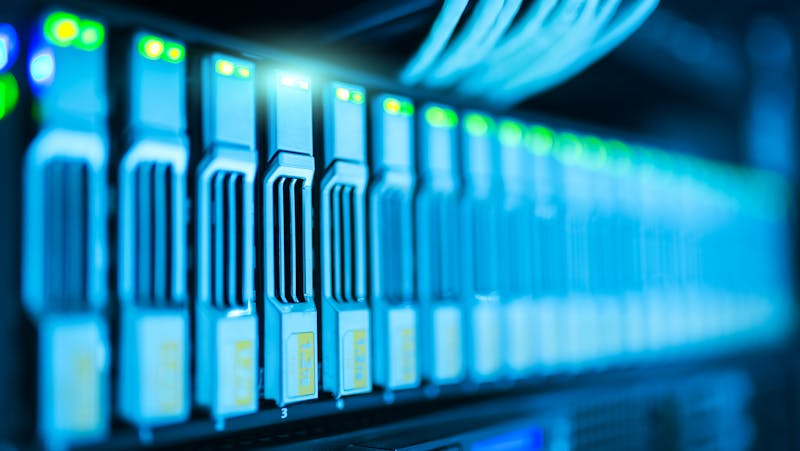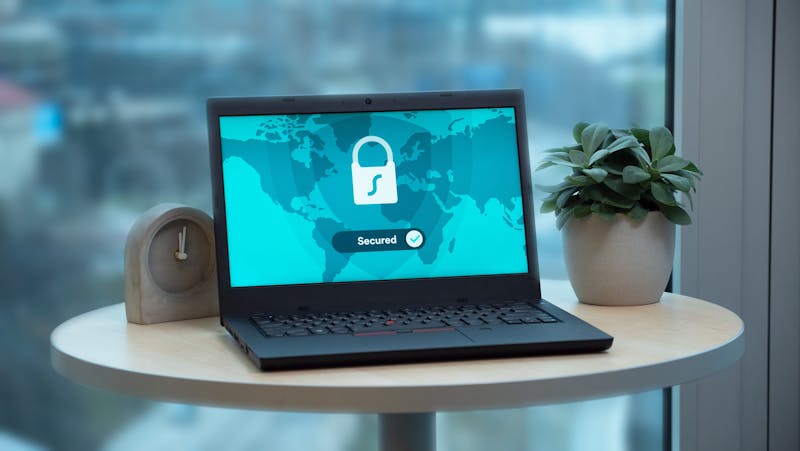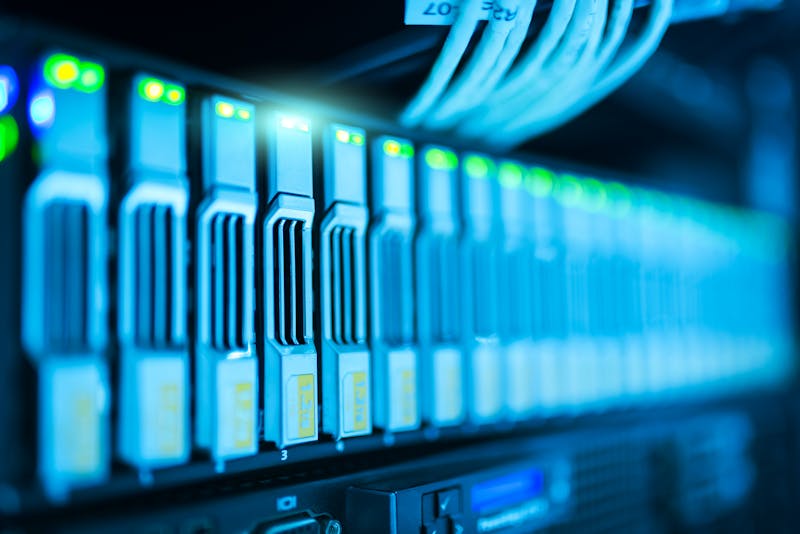How Remote Hosted Desktop can Transform the way you do Business
While the computing needs of a small or medium sized business may be considerably lower compared to that of huge enterprises, they still represent a major draw on resources. In fact, small businesses spend a considerable chunk of their revenue on technology and infrastructure. A good amount of that budget goes to managing data and equipment.
That’s not surprising. Businesses revolve around efficiency. And efficiency today means juggling multiple applications and databases: from finance and tax apps to CRMs and supply chain management systems. Even the smallest of businesses can easily generate terabytes of data.
Entrepreneurs typically start out processing data in-house, hosting software at their own individual computers. At a certain level, this is cheaper. Yet the cost of self-hosting significantly increases as a single employee grows into a team of people and the trickle of data turns into a steady stream. At some point, the price of locally hosting software and hardware outweighs savings in time and maintenance.
Enter remote hosted desktops. Remote hosting basically means foisting the infrastructure of computers–operating systems, data, software, working memory–onto the cloud. It’s an approach that benefits resource-strapped small to medium organisations who want to manage their growing IT needs in a way that doesn’t break the bank and take time away from business development. Here are ways remote hosting can transform your business practices.
Pay only for what you need
On your own, determining if you’re over or underspending on technology can be difficult, especially with a growing business and employees with different roles and needs.
Remote hosting service providers typically offer different subscription plans depending on the needs of a business. Fixed monthly costs allow you to budget more efficiently and place a cap on your spending. Plus, pay-as-you-go plans allow you to easily scale up or down without buying new equipment or losing money on underutilised hardware.
Centralised controls
One major boon that comes with remote hosted desktops is the ability to manage app settings across all devices. As administrators, business owners eliminate the need to set up computers every time a new employee comes onboard. Apps come configured the way you need, on whichever device employees access it from.
A centralised system also allows you to roll out changes from just one computer, as changes made on the parent desktop automatically reflect on all connected devices. This gives business owners greater flexibility and control over operations.
Instantly back up your data
Keeping your business data on office computers or local server has its advantages. For instance, local storage gives business owners 24/7 access to their mission critical information. However, this method is highly vulnerable to system crashes or disasters such as flooding or fires.
Working through a remote desktop means your data will always be backed up, even if accidents render your hard drives or office unusable or inaccessible. Business owners can resume operations from any computer without losing data.
Lower maintenance costs
With the national average IT professional’s salary at £80,000 a year in-housing your IT isn’t cheap. Moving your computing infrastructure and tasks to the cloud eliminates a lot of the tasks that would have been undertaken by IT personnel, instead letting you funnel that budget into growing your business.
The less tech savvy no longer have to worry about keeping hardware and software infrastructure up to spec. Dedicated, round-the-clock support comes packaged with many remote desktop hosting plans.
Built-in expert security
Security typically takes the lion’s share in terms of IT spending. It’s not hard to see why. A security breach can be fatal, especially for small businesses. Some 60 percent of small businesses go under within 6 months of a cybersecurity attack, according to the US’ National Cybersecurity Alliance.
Outsourcing a function as critical as security may seem counterproductive. Yet cloud-providers store data in centres that have some of the most iron clad protection systems, which businesses just wouldn’t be able to afford or have the technical know-how to implement themselves. The whole infrastructure is constantly monitored, patched, and kept up to date–tasks that require a highly competent and costly expert if done in-house.
Remote work made secure
Employees are going to access their files from home laptops or their smartphones, whether you like it or not. Yet many businesses have been too slow to respond to the change, leaving vulnerabilities in their security protocols that criminals have happily exploited. A third of businesses in the UK have experienced breaches because of remote working. Stolen laptops are no longer only pawned, but also mined for data.
Lean into the change with a remote hosted desktop. Using a cloud-based desktop allows your users to stay secure wherever they choose to work from. You can monitor and control log-in with passwords and multi-factor authentication. Removing users is as simple as restricting access. You can also block specific sites or functions. Even if a user’s device is stolen, there will be no stored sensitive data to steal.
Bring Your Own Device saves costs in energy and rent
With remote hosted desktops, the only thing you’ll truly need to work is an Internet connection. Work apps are made accessible from any compatible computer, tablet, or phone. Business owners can save more money on hardware by simply allowing employees to bring in their own devices for work.
Alternatively, employees needn’t bring their devices or themselves to the office at all. With remote working enabled, business owners can cut energy costs. More flexible types of businesses can even net considerable savings by renting co-working spaces on a need to meet basis, instead of entire rooms or floors for office space.
Big data and technology are drastically shifting the way we work, from how data is managed to where the actual work happens. This creates new challenges in security and efficiency. Remote hosted desktops address these issues by freeing the infrastructure from the constraints of a physical office, letting business owners take back control over operations.






